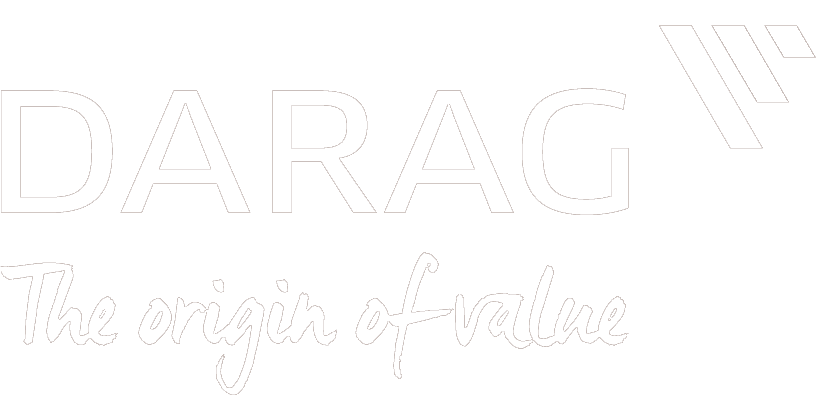“Neurodiversity may be every bit as crucial for the human race as biodiversity is for life in general. Who can say what form of wiring will be best at any given moment?” – Harvey Blume
This quotation may have been the earliest use of the word ‘neurodiversity’ in print (in The Atlantic in 1998). Yet here we are, over two decades later, and although the concept may be more familiar now, most people are still unclear as to what it means, and most organisations remain uncertain of the workplace impact.
What is neurodiversity?
It’s a matter of cognitive diversity; put simply, we don’t all think the same. That’s not to say we have different opinions (though we do) but that our thought processes function differently – as Blume puts it above, it’s as if the wiring is different.
Most people process information, think, and otherwise mentally perform in similar ways, or to similar levels of ability – so-called neurotypicals. People in a neurominority may have specialist thinking skills and/or difficulties. Such differences are often diagnosed as autism, dyslexia, dyspraxia, ADHD and other variations in cognition. While once regarded as medical conditions to be treated and cured, these differences are now acknowledged as having strengths (including problem-solving, creativity, and visual spatial thinking) and offering perspectives less available to the neurotypical population.
Experts often quote a figure of 7-10% of the population as being neurodiverse.
Legal implications for employers
If an employee discloses a neurodivergence, they are currently covered by the Equality Act 2010. In such cases, employers have a duty to make reasonable adjustments to their role or duties to ensure the employee is not placed at a disadvantage in the workplace.
What does neurodiversity mean for organisations?
Aside from the Equality Act implications for individual cases, organisations need to consider that all of their people processes – including recruitment, onboarding, performance management, etc. – where undoubtedly set up with neurotypical people in mind.
In fact, probably every ‘standard operating procedure’, from your competence framework to the way you usually conduct a meeting, is likely to be neurotypical-oriented. This implies a lack of fairness towards a segment of the workforce (up to 7-10% of it) but also suggests that employers are not taking full advantage of the potential skills and abilities available within the workforce.
If you do not recognise, value or embrace what neurodivergent employees bring to the table, they’re unlikely to put it on the table in the first place!
A 2018 CIPD report, Neurodiversity at Work, cites examples of organisations such as JPMorgan and Walgreens taking active steps to embrace neurodivergence in their workforces. The reported benefits included improved productivity, faster ramp-up times for new workers, and reduced employee turnover.
Employers should think about the language they use to describe such differences, make it positive, make it a part of the workplace culture – thus enabling more openness around the topic. The idea is to accept and celebrate neurodiversity, allowing the employer to leverage neurodivergent capacities while also ensuring that neurodivergent employees are supported in any specific challenges that they face. Clearly, this relies on managers getting to know their teams and how to best lead them.
In a world that is (slowly) beginning to realise, accept and embrace differences of all kinds, acknowledging and embracing the reality of neurodiversity makes for a better employee experience across the board, and a better employer.
For more on this subject, check out “Neurodiversity in the workplace”. Or, give us a call on 01582 463460 – we’re here to help.











